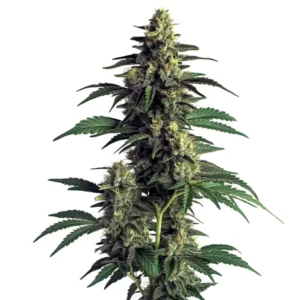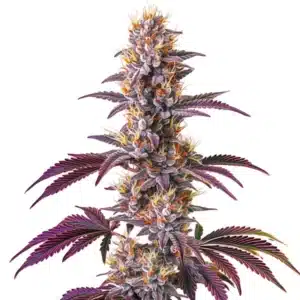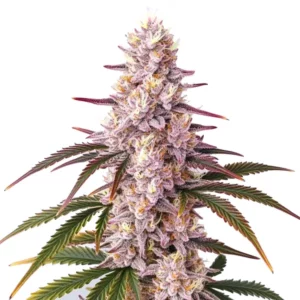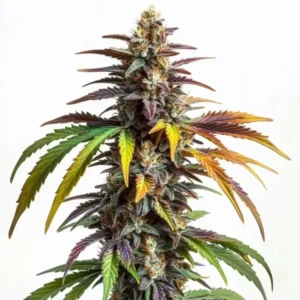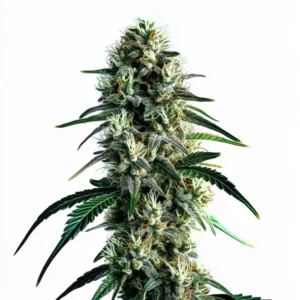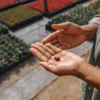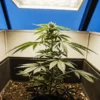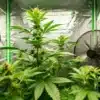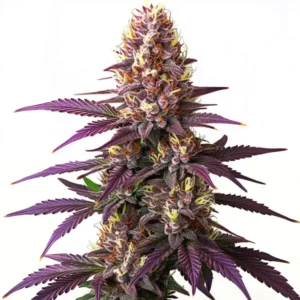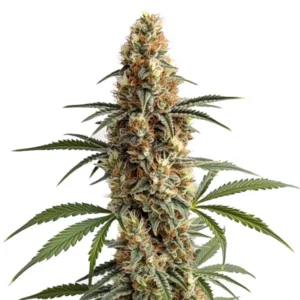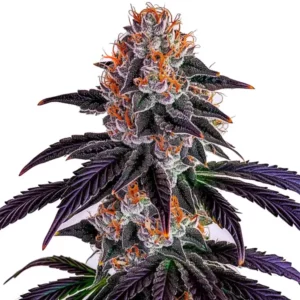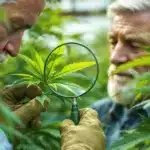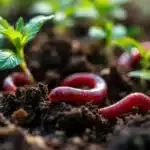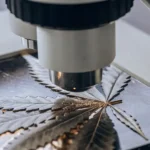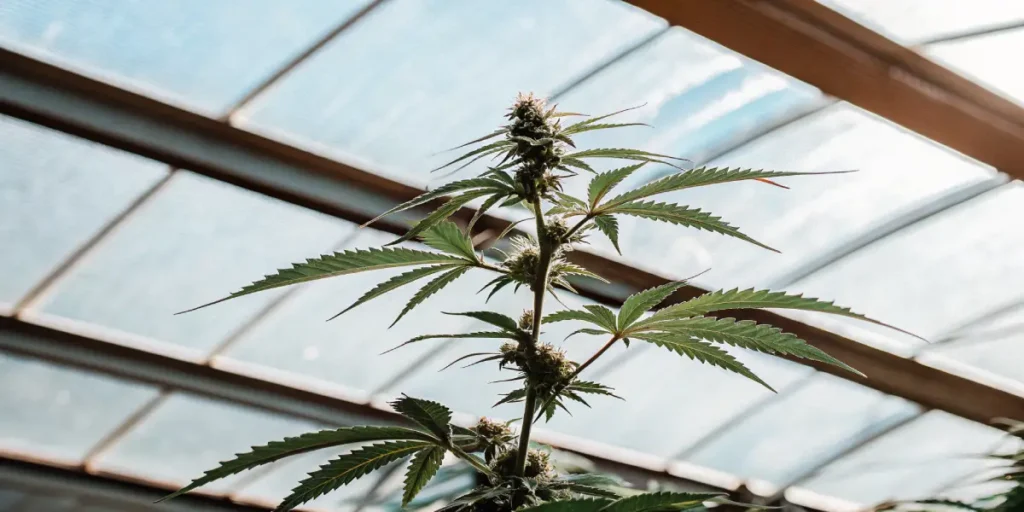
Best Cannabis Training Methods for Yield
Cannabis training can dramatically boost your harvest. It’s all about guiding the plant’s growth for more light exposure and better bud production. Both novice and seasoned growers can apply these strategies for an impressive increase in results. By using the best cannabis training methods for yield, cultivators can maximize light penetration, encourage multiple bud sites, and achieve heavier harvests. Let’s delve into the techniques that can transform your growing experience.
Low-Stress Training (LST) is a go-to method. It involves bending branches gently to shape the plant without causing harm. By tying down branches, you create an even canopy. This allows all buds to receive equal light, promoting uniform growth. LST is a favorite among home growers who want to maximize cannabis yield through training.
Recommended Strains
Northern Lights
|
|
THC | 17% (Medium) |
|
|
Type | Feminized |
|
|
Yield | Medium |
|
|
Phenotype | 90% Indica / 10% Sativa |
Blackberry Kush
|
|
THC | 16% - 20% (Medium) |
|
|
Type | Feminized |
|
|
Yield | High |
|
|
Phenotype | 80% Indica / 20% Sativa |
Another effective approach is topping. This involves snipping the main stem to encourage the plant to grow more branches. More branches mean more sites for buds to develop. Topping can be combined with LST for even greater results. With these techniques, you can unlock the potential of strains like Gelato from Blimburn Seeds, known for its robust growth and high yields.
High-Stress Training (HST)
High-Stress Training involves more aggressive techniques. These methods focus on creating stress to force the plant to grow stronger and produce more buds. Techniques like super cropping fall into this category. Super cropping involves pinching and bending stems to slightly damage them, causing the plant to repair itself and grow stronger.
HST can be intimidating for new growers, but it’s highly effective. It encourages rapid growth and can significantly boost yields. It’s perfect for those who want to push their plants to the limit. For example, the Blackberry Kush strain responds well to HST, offering increased resin production and potent buds.
When considering high-stress methods, understanding the plant’s resilience is crucial. Strains known for their robust nature can handle stress better and recover faster. Therefore, selecting the right strain is an essential part of implementing the best cannabis training methods for yield. Additionally, timing is key; applying stress during the vegetative phase allows your plants to recover and maximize their potential before flowering.
Another aspect of HST is the importance of monitoring plant health and stress levels. Too much stress can lead to stunted growth, so it’s crucial to strike a balance. By carefully observing how your plants respond, you can fine-tune your approach to ensure effective cannabis training for optimal yield. This balance ensures that your plants thrive and produce the best possible harvest.
Promos & Deals
Screen of Green (SCROG)
Screen of Green is a popular technique among growers with limited space. By placing a screen over your plants, you train them to grow horizontally. This allows for better light distribution and more bud sites. The SCROG method is a staple for those looking to employ cannabis plant training for higher yield in smaller grow rooms.
As branches grow through the screen, they are woven back under. This process continues until the screen is filled. SCROG maximizes space and light efficiency, resulting in a bountiful harvest. The Northern Lights strain is particularly suited for SCROG, known for its resilience and heavy yields.
SCROG is also a fantastic way to manage plant height, making it ideal for indoor growers with vertical limitations. By spreading the plant horizontally, you ensure that every branch receives adequate light and air circulation, which are both crucial for robust growth. This method is one of the top methods for cannabis yield improvement, allowing growers to make the most of their grow space.
Incorporating SCROG into your routine requires patience and attention to detail. As your plants adapt to the screen, you must regularly adjust and weave branches to maintain an even canopy. This hands-on approach not only helps maximize yield but also offers a deeper knowing of plant growth dynamics, enhancing your skills in how to maximize cannabis yield through training.
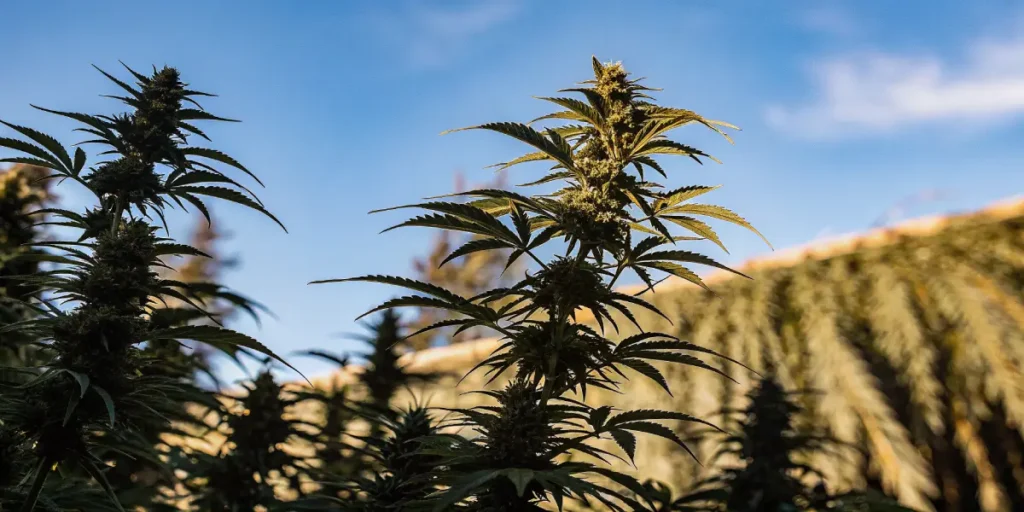
Sea of Green (SOG)
Sea of Green is a method that focuses on growing many small plants instead of a few large ones. This technique involves starting plants in a short vegetative phase before quickly switching to flowering. It’s ideal for growers who want quick turnaround times and have space for multiple plants.
By growing many plants, SOG maximizes use of available light and space. Although each plant is smaller, the collective harvest can be substantial. This method is practical for growers aiming for rapid cycles and consistent yields. It’s also less labor-intensive than other methods, making it attractive to both novice and experienced growers.
Efficiency is a hallmark of the SOG method. By optimizing plant density, you can ensure each plant receives enough resources to thrive, resulting in a high collective yield. This approach is particularly effective in commercial setups, where maximizing output is a priority. SOG is one of the best cannabis yield training techniques for growers seeking efficiency and speed.
Moreover, SOG allows for easier management of plant health. With smaller plants, it’s simpler to monitor for pests and diseases, ensuring a healthy grow. This method also benefits from consistent climate control, as uniform plant height allows for even temperature and humidity distribution, contributing to effective cannabis training for optimal yield.
Pruning and Defoliation
Pruning and defoliation are essential techniques in cannabis training for higher yield. By removing unnecessary leaves and branches, you allow the plant to focus its energy on developing larger buds. This process also improves air circulation and light penetration, crucial for healthy growth.
Regular pruning helps prevent mold and pests, as it reduces dense foliage where they can thrive. It’s a straightforward method that can be easily integrated into your routine. Careful defoliation ensures that only the necessary parts of the plant receive nutrients, leading to bigger and better-quality buds.
Timing is crucial when it comes to pruning and defoliation. Performing these tasks during the early stages of growth ensures that plants have time to recover and redirect their energy towards bud development. This strategic approach is one of the top methods for cannabis yield improvement, ensuring that plants remain healthy and productive.
Defoliation can also be used to enhance light penetration to lower bud sites, increasing overall yield. By selectively removing fan leaves, you allow light to reach deeper into the canopy, encouraging robust bud growth. This method is especially beneficial in densely packed grow setups, where light distribution can be a challenge.
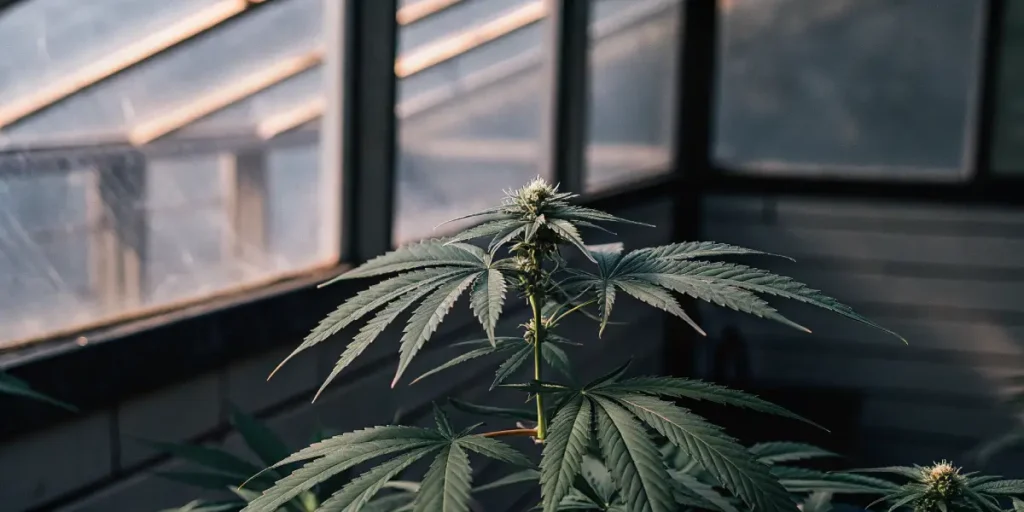
FAQs
What is the best cannabis training method for beginners?
For beginners, Low-Stress Training (LST) is often recommended. It’s a gentle method that involves bending and tying branches to create an even canopy. This approach is less likely to harm the plant and doesn’t require advanced skills. LST is forgiving, making it a great starting point for those new to cannabis cultivation.
LST allows beginners to learn about plant growth patterns and how light distribution affects yield. It’s an excellent way to experiment with training without the risk of damaging your plants. Plus, it can be combined with other methods as you gain confidence and experience.
Starting with LST equips new growers with a solid foundation in cannabis plant training for higher yield. By observing how plants respond to light and space, beginners develop a keen understanding of growing dynamics. This knowledge is invaluable as they progress to more complex techniques and strive for effective cannabis training for optimal yield.
Furthermore, LST promotes a hands-on learning experience. As beginners manipulate plant structure, they gain insights into the intricacies of plant development and response to environmental factors. This experiential learning is crucial for mastering the best cannabis training methods for yield and becoming adept cultivators.
How does topping improve cannabis yield?
Topping is a technique where the main stem of the plant is cut to encourage it to grow more branches. This creates additional sites for buds to form, increasing the overall yield. By topping, you effectively double the number of colas, which are the main flowering sites of the plant.
This method not only boosts yield but also helps control plant height, which is beneficial if you’re growing in a space with height restrictions. Topping can be used alongside LST and other methods for enhanced results, making it a versatile tool in the arsenal of best cannabis yield training techniques.
Topping requires precise timing to be most effective. Performing this technique during the vegetative stage allows the plant to develop multiple colas before flowering begins. This strategic timing is pivotal in how to maximize cannabis yield through training, ensuring that plants reach their full potential.
Combining topping with other techniques like LST further enhances yield. By shaping the plant and promoting lateral growth, you ensure an even distribution of light and nutrients, which is essential for high yields. This integrated approach is among the best cannabis training methods for yield, providing comprehensive growth management.
What are the risks of High-Stress Training?
High-Stress Training (HST) involves techniques that deliberately stress the plant, such as super cropping. While effective, these methods come with risks. If performed incorrectly, HST can lead to plant damage or reduced growth. It’s crucial to understand the plant’s recovery time and limits.
For those new to HST, it’s recommended to start slowly and observe how your plants respond. Over time, you’ll learn how to apply just the right amount of stress to encourage growth without causing harm. HST is powerful, but patience and practice are key to mastering it.
Understanding the strain’s tolerance to stress is vital when using HST. Some strains are more resilient and can endure higher levels of stress without adverse effects. Selecting the right strain is a critical component of implementing the best cannabis yield training techniques, ensuring optimal results.
Environmental factors also play a role in the success of HST. Maintaining stable conditions, such as temperature and humidity, supports plant recovery and growth after stress is applied. By managing these variables, growers can employ HST as an effective cannabis training for optimal yield, achieving robust and healthy plants.
Can SCROG and SOG methods be combined?
While SCROG and SOG are distinct methods, they can be combined under certain conditions. SCROG focuses on fewer plants with a horizontal growth pattern, while SOG uses many small plants. Combining them requires careful planning of plant density and screen placement to ensure both techniques are effective.
Growers with experience in both methods may find creative ways to integrate aspects of each for unique setups. However, beginners might want to master each technique separately before attempting to combine them. Understanding each method’s strengths will allow for more strategic and successful cultivation.
Combining SCROG and SOG requires a keen understanding of plant growth dynamics. By leveraging the strengths of both methods, growers can achieve a balance between maximizing light exposure and optimizing plant density. This hybrid approach is one of the top methods for cannabis yield improvement.
Success with a combined SCROG and SOG setup hinges on meticulous monitoring and adjustment. Regularly evaluating plant health and growth patterns allows for timely interventions, ensuring that both methods complement each other effectively. This proactive approach results in a highly productive grow environment.
How often should I prune my cannabis plants?
Pruning frequency depends on the plant’s growth stage and environmental conditions. During the vegetative stage, pruning can be done more frequently to shape the plant and improve light penetration. As the plant transitions to flowering, pruning should be less aggressive to avoid stressing it.
Monitor your plants closely and prune as needed to maintain airflow and light distribution. Each strain may have specific needs, so it’s important to observe how your plants respond to pruning. Strains like Northern Lights, with its robust nature, may require less frequent pruning compared to others.
Effective pruning is an ongoing process that requires observation and adaptation. By understanding the growth patterns of your plants, you can determine the optimal times for pruning to enhance light penetration and air circulation. This technique is integral to the best cannabis training methods for yield.
Pruning also plays a preventative role in pest and disease management. By maintaining an open canopy, you reduce the risk of mold and pest infestations. This proactive care is essential for maintaining plant health and ensuring that your cannabis plants produce high-quality yields throughout their lifecycle.


